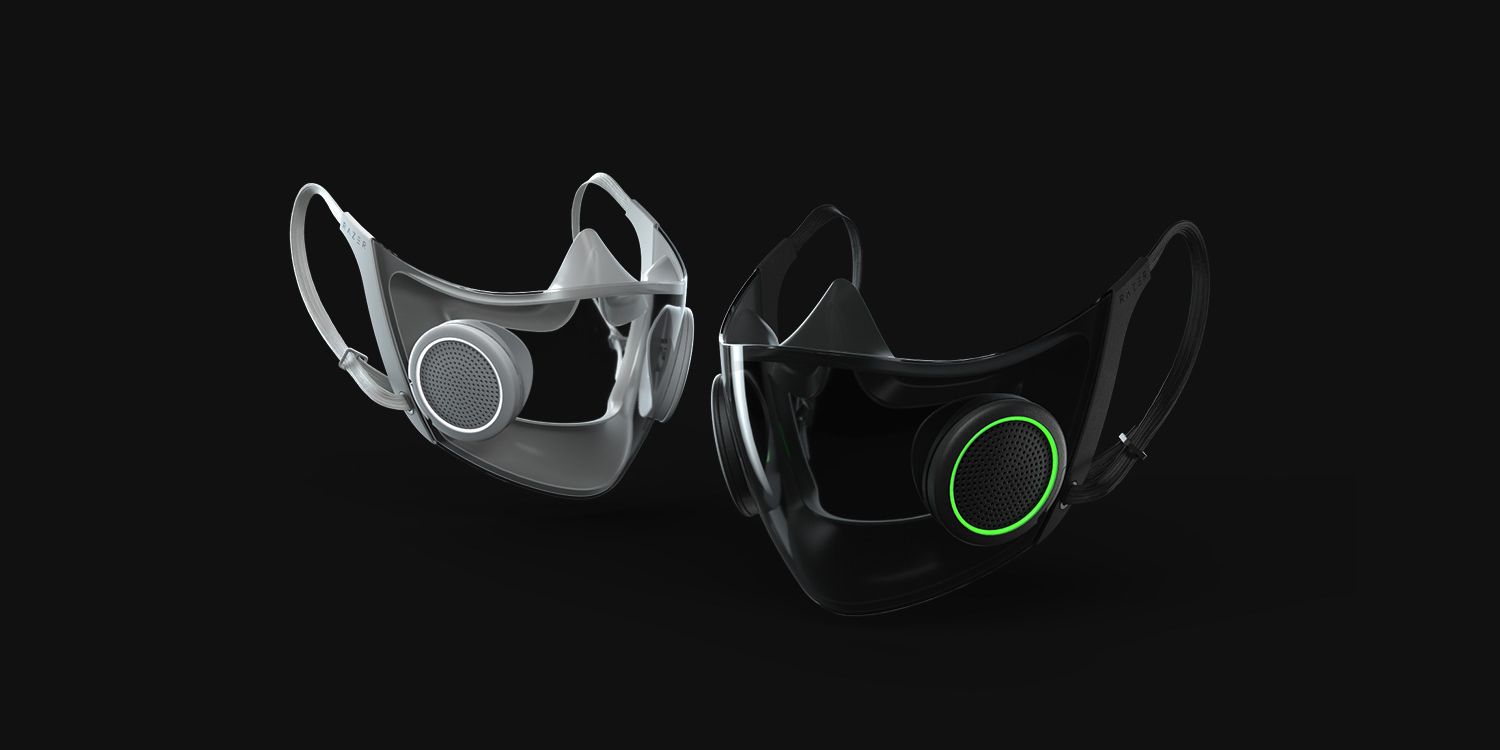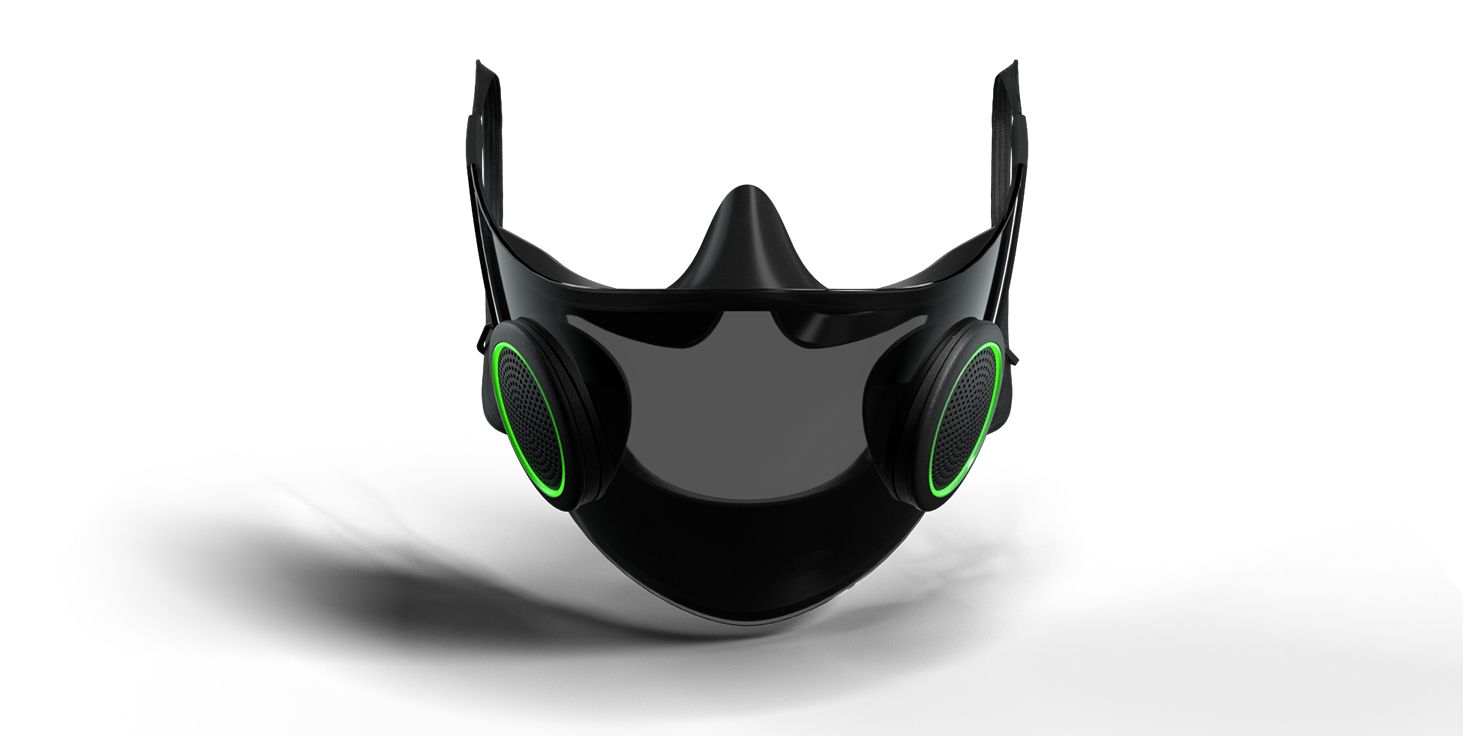Razer is set to release its Project Hazel smart mask later this year, but leading up to its release, there's an important question that should be answered — does anyone really need a smart mask in the first place? Razer's mask got a lot of attention when it was announced back in January, as do many of the company's concept gadgets. Razer has previously unveiled things like a tri-display laptop, a laptop powered by a smartphone, and a gaming chair with a built-in ultra-wide monitor. Razer often unveils these device concepts to show new products the company is thinking of, but not necessarily looking to manufacture.
With the Project Hazel smart mask, however, that changed. While the mask was originally unveiled as nothing more than a concept, Razer announced in March that it was being turned into a real product people could go out and buy. Since then, Razer has confirmed that initial sales will begin in early Q4 of this year exclusively on the company's website. With features like an N95 respirator, transparent cover, a sound amplifier, and even RGB lighting, it's easy to see why the Project Hazel mask has garnered so much attention.
From a safety/health perspective, Razer's smart mask has one key benefit compared to 'normal' masks. That benefit is the mask's charging case, which uses a UV light to kill bacteria and other viruses that find their way on the mask throughout daily use — such as COVID-19. The mask will likely need to be charged fairly often, and whenever that time comes, it'll also get a blast of UV to make it as clean as possible. Where Project Hazel's smarts really shine, however, is with its approach to the social element of wearing a face mask. The front is transparent so people can still see facial expressions and lipread, the interior of the mask lights up in the dark so someone's face is still easily visible, and Razer's Voiceamp system uses microphones and speakers to make the wearer's voice easier to hear. Most face masks often result in difficult communication for one reason or another, but Razer's smart mask addresses those things head-on.
Why Project Hazel Might Not Be Worth The Hype
There's nothing about Project Hazel that looks inherently bad, but many of its strong suits can be found with cheaper, non-smart masks just as easily. Razer touts that its mask is equipped with an N95 respirator, and while that's great, there are tons of other face masks out there that have the exact same thing. The same is true of Razer hyping Project Hazel as being sustainable — citing that it's less wasteful than disposable masks and has replaceable filters. Again, those things are both true, but they aren't because it's a 'smart' mask.
That's where the argument for a smart mask like Project Hazel becomes a challenge. Unless someone really thinks they'd benefit from the Voiceamp feature or interior lighting, there's nothing about Project Hazel that can't be found with any other face masks. Many normal masks have replaceable N95 filters, adjustable designs, and Amazon is filled with UV lights that can provide identical sanitation for any face mask. In that context, the appeal of a Razer's smark mask is harder to see. It's a cool-looking gadget that Razer fans seem plenty hyped about, but for everyone else, it's easy enough to replicate most of Project Hazel's features with non-smart alternatives.
Is that to say Razer shouldn't have made Project Hazel? Of course not! It's a fascinating device that looks unlike any other mask on the market, and if it gets people excited about wearing a mask, that's even better. For the average person out there, however, a smart mask probably isn't necessary. They're flashy and exciting, but the normal mask you're already wearing is probably just fine.
Source: Razer


